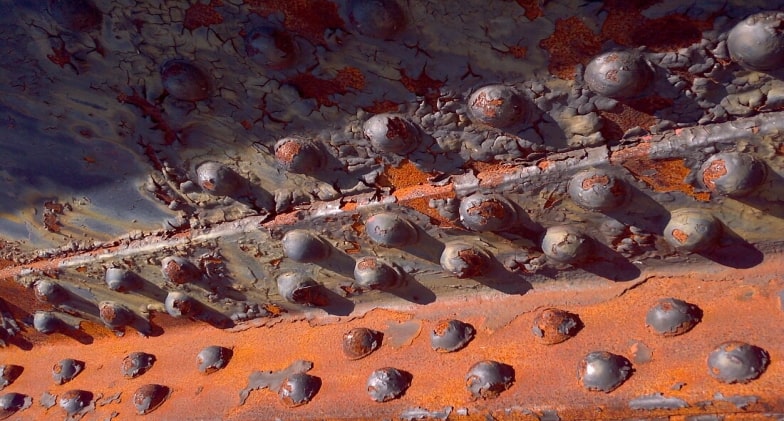Last week, the Los Angeles Times expounded on Navy’s issue with rust and consumption. The article specifies the seriousness of the issue and subtleties of how wiping rust off metal surfaces can be costly or even dangerous. The article highlights how rust is a billion-dollar issue yet neglects to ensure a reasonable and consistent answer for managing it.
The extent of this issue has for some time been perceived, as endless enterprises have come to get the anger of rust and erosion. Rust can immediately turn into an essential worry to consistent activities; however, answers for managing it have been restricted. The three most regularly utilized techniques to clean metal have been sandblasting, rough impacting, or synthetic substances throughout recent years. Notwithstanding, garbage removal is a cerebral pain with these strategies. Managing the remainders of rough materials and perilous, polluted synthetics can rapidly add more expenses, gear, “dark matter,” and handling time. Rust evacuation and support can turn into an undertaking all by itself that should be appropriately made due.
These issues are unavoidable across businesses, as metal fabricators with painting and powder covering lines should manage the migraines of huge pretreatment frameworks that require extreme oversight to guarantee the synthetics make a surface to which the paint or powder can appropriately stick. Others in the business could need to stress planning metal surfaces for welding, which requires a suitable power device, rough, and a great deal of genuine effort. Some could need to degrease metal or eliminate anodized surfaces before additional handling. These ventures realize that assets and skills are expected to acquire a surface clean enough for the following phase in the manufacture interaction, upkeep, or revamping.
Laser rust remover is a material handling technique that utilizes light to eliminate pollutants like rust, paint, oil, oxide, covering, and significantly more from the outer layer of most materials while contained in dependable, “press and play” hardware. Materials typically responsive to this interaction are steel, aluminum, plastic, and glass. By and large, laser cleaning is an advanced innovation that means settling material handling difficulties experienced when a unique nature of a surface is required.
Laser cleaning frameworks eliminate coatings, impurities, and buildups with the utilization of high-energy fiber laser sources, a similar kind of force source found in the laser cutting and checking frameworks. The absolute power wellspring of the laser is subject to the application; however, for those hoping to accomplish speed easily, powers are accessible up to the 5kilowatt territory if necessary.
The interaction is intended to supplant synthetic substances and abrasives to clean these metal surfaces. The founder has the choice to put parts in a Class 1 nook or physically work the cleaning system through a Class 4 handheld. The gear founder can utilize a preinstalled cleaning design or foster a custom example to meet a specific surface determination or throughput prerequisite. Try JNCT LASER to get a better laser cleaning experience. To add significantly greater usefulness and accommodation, the founder can change a program to incorporate various passes involving various qualities for power, recurrence, and speed on every laser pass. These capacities consider different and multi-application utilizations, killing the requirement for additional gear.
A critical advantage of utilizing laser innovation to accomplish the cleaning of consumption and rust off an assortment of metals, like steel, aluminum, hardened steel, electrifies and, surprisingly, intelligent metals, similar to metal and copper, is that the base material (or substrate) encounters no harms.
This laser cleaning innovation is accessible in apparatus that can be fixed, compact, or consolidated into mechanical production systems and constructions. Laser cleaning makes the interaction quicker, more secure, and without the additional ensuing garbage removal and materials expenses. Modern quality laser cleaning gear can have life ranges of as long as ten years or outperform an MTBF of 100,000 working hours before the need of hardware upkeep.

